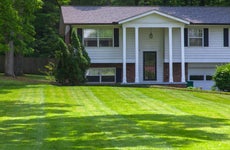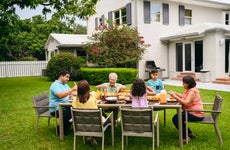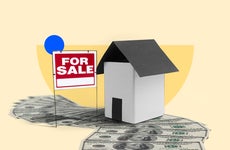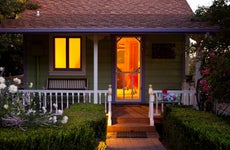What is a Victorian-style house?
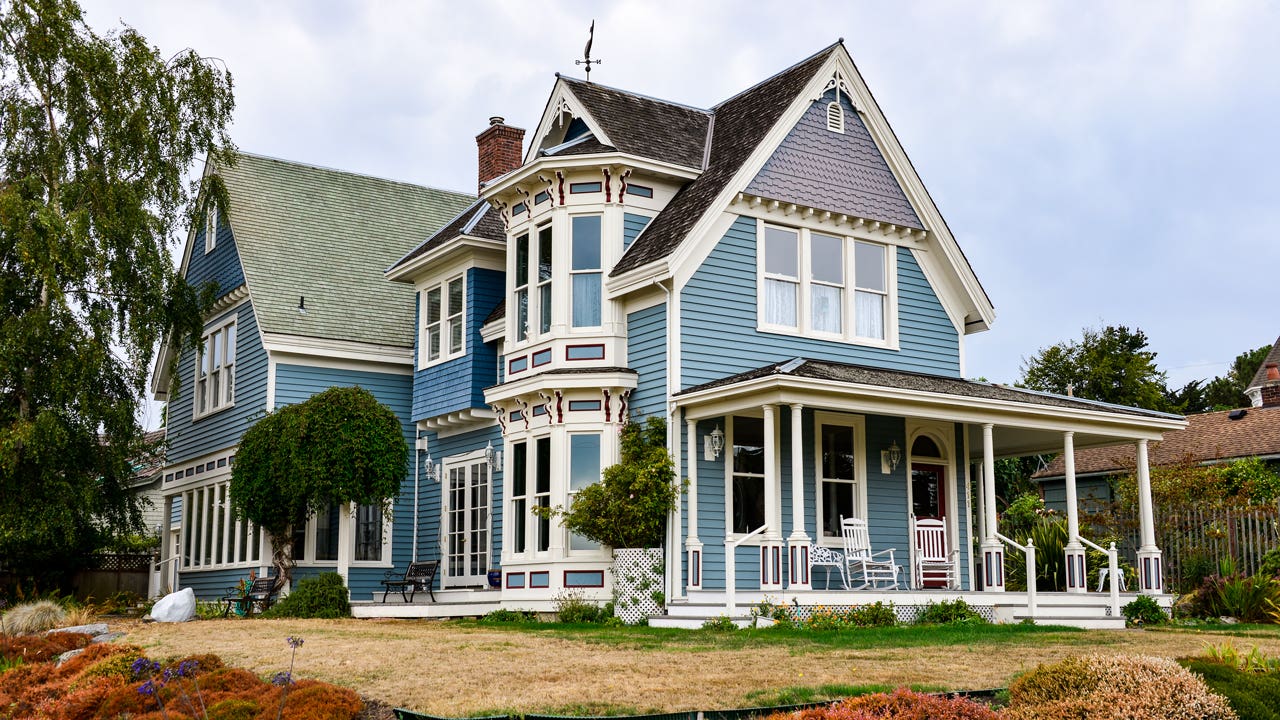
The Bankrate promise
At Bankrate we strive to help you make smarter financial decisions. While we adhere to strict , this post may contain references to products from our partners. Here's an explanation for .
In all of architecture, few styles are as controversial as the Victorian style. To some folks, it evokes the dark, sinister mansion in Psycho, whose twisty halls and treacherous staircase hid a serial killer and his stuffed mother. To others, it conjures up the sprawling, happy home in Meet Me in St. Louis, full of high-ceilinged rooms and sunny front porches.
The disparity is understandable: Named for Britain’s Queen Victoria, whose reign spanned most of the 19th century, “Victorian” actually refers more to an era and an aesthetic than to a specific design. In fact, there are several different Victorian styles, and types of Victorian-style homes. Here’s everything you need to know about buying or building one.
History of Victorian style
Victoria’s long reign (1837 to 1901) coincided with the advent of the Industrial Era, and during this time, everything from fashion to furniture was influenced by the rapid industrialization and urbanization — and the influx of new wealth these trends created. Residences were a new, prime way for the newly minted middle and upper classes to flaunt their wealth.
However, the rise of dense metropolitan areas created design challenges: City homes couldn’t spread across multiple acres. So, to distinguish homes, ornamentation became popular. Gilded Age homeowners added as many flourishes to their homes as they could. It wasn’t enough to prove to your neighbors that you could afford a home, you had to prove to them that you could afford to pay a craftsman to add curlicues to every corner, balconies to nowhere, turrets, towers and giant porches. And to cram the interior full of manufactured sets of furniture for dining rooms, bedrooms, living rooms and libraries.
Eventually, though, a reaction to the more-is-more aesthetic set in. Victorian “style declined in the early 20th century” with the rise of the “Arts & Crafts movement and modernism,” which “came along as a rejection of ornateness and stuffy ideals,” says Tony Mariotti, CEO & founder of RubyHome, a luxury real estate brokerage in Los Angeles.
In addition to changing tastes, in the U.S., the G.I. bill and massive spike in demand for housing after World War II for returning troops “was the death knell for anything fancy,” notes Mariotti. For the most part, the home construction market shifted from a quality-based model with custom options for those who could afford them to a quantity-based model. “From 1945 onward, simple, functional, easy-to-build homes were in heavy demand,” says Mariotti.
What makes a home Victorian style?
Whether a detached mansion or a newly fashionable row house, Victorian homes sprang up in or right outside of cities. So they “were largely built tall and skinny because the biggest cost was to create the home’s footprint,” says Lucy Small, the founder and owner of State and Season Home Design in Blue Ridge, Georgia.
They’ll typically be full of ornamentation inside and out, with some variations in specifics depending on the specific style and location they were built in. The Victorians never met a detail or an adornment they didn’t like.
Internal features
“Large staircases, big mantles, big fireplaces, and closed-off rooms mark a historic Victorian home,” says Small. In addition to these features, they usually have:
- High ceilings with crown molding or ornate trim
- Dark wood trim
- Built-in cabinets
- Hardwood floors, usually dark in color
- Complicated layouts and designated spaces — no open floor plans here!
- Elaborate foyers
- Stained glass
- Small, and a small number of bathrooms (indoor plumbing being a relatively newfangled invention)
The dark woods and color schemes characteristic of Victorian partly reflected prevailing tastes, but also had a practical side: The coal- and coke-powered factories of the day spewed exceptionally dirty, sooty smoke and exhaust into the atmosphere, which eventually crept into homes. Dark colors hid the dirt better.
External features
“Victorian homes are famous for embellishments on trims and gutters, towers and turrets, and of course a wrap-around porch,” says Small.
In contrast to 18th-century architectural styles, which prized symmetry and balance, Victorian designs tend to be asymmetrical and irregular: here a bay window bulges, there a rounded turret rears its head. It creates a cluttered effect, with varying roof sizes and pitches, different sizes and styles of windows, unusual and jutting angles, gables in unexpected places, and balconies or porches that don’t appear to be accessible from the house.
In contrast to the dark interiors, the exteriors of Victorian homes were often painted in bright or pastel colors, or patterned brick or stone — all the better to stand out during the pea-soup fogs that typically enveloped English cities.
Varieties of Victorian style
Given the length of Victoria’s reign, it’s not surprising that a variety of styles developed and co-existed during it. While there’s considerable overlap, here are six main sub-styles.
Queen Anne
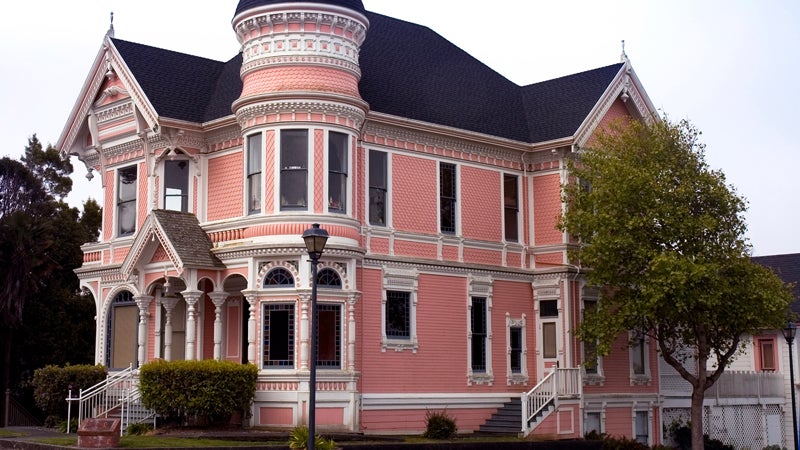
Queen Anne style is the quintessential one — the ornate, elaborate hodge-podge that most people associate with Victorian style. It’s got all the features: an asymmetrical facade boasting at least one tower or turret, a wraparound porch, steep roofs with many angles, lots of tiny windows, tons of embellishments and gingerbread trim. Of course, it’s multi-storied, with an attic and a basement.
Italianate
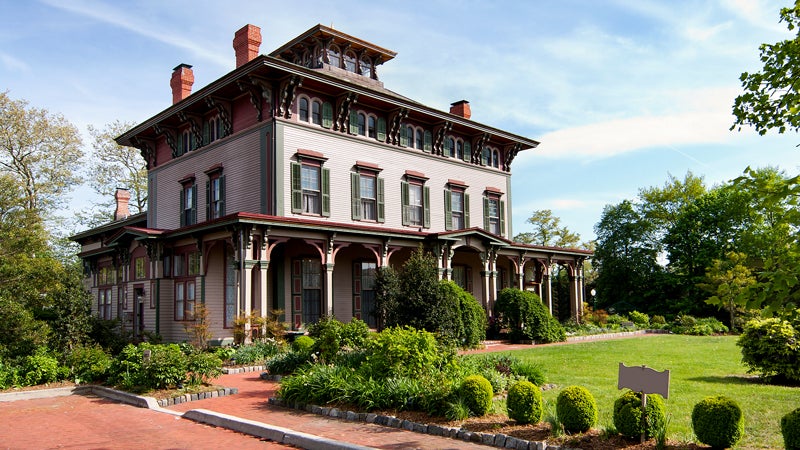
One of the earlier Victorian styles, Italianate homes have elaborate ornamentation with large porches, sometimes that wrap around the exterior. But they tend to be boxier with nearly flat roofs and are relatively symmetrical, generally with uniform window and door sizes and placements.
Gothic Revival
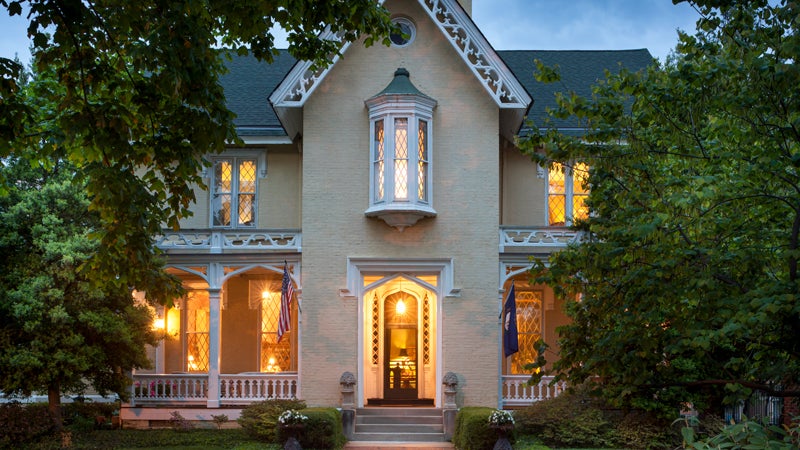
Gothic Revival Victorian homes incorporated elements from medieval cathedrals and churches into homes. At least two stories, they typically have pointed arches and a pointy, spiky silhouette; there’s a tower or turret, a steep roof, and intricate, unpredictable floor plans.
Richardson Romanesque/Romanesque Revival
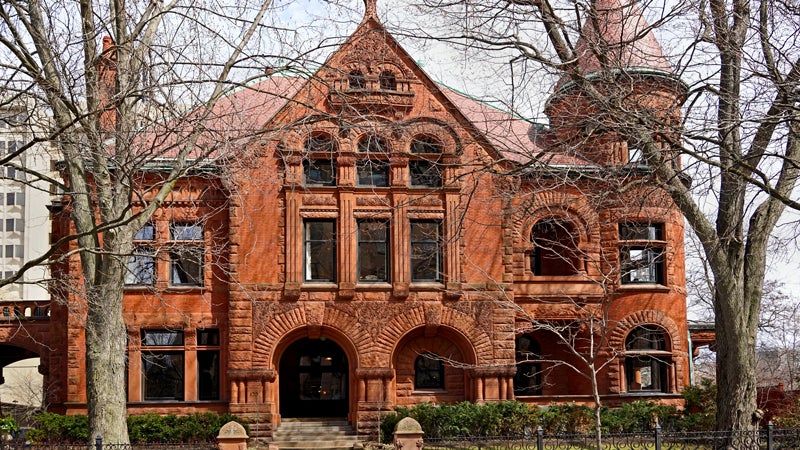
Richardson Romanesque Victorian homes, also referred to as Romanesque Revival homes, are most frequently seen in institutional buildings: schools, asylums and churches. They are typically made of brown or reddish stone instead of wood and feature round arches above windows and doors, towers, and steep roof lines.
Eastlake/stick
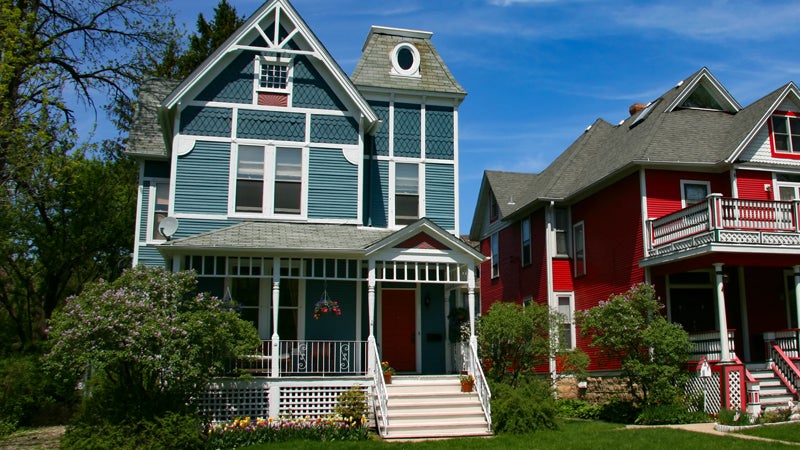
Eastlake, aka stick-style, Victorians are generally considered transitional between Gothic Revival Victorians and Queen Anne Victorians. Stick-style Victorians are characterized by multiple stories, intricate millwork in corners, steep roof lines, and large porches. At the time, they were seen as a simpler, lighter and airier alternative to the heavy Gothic and ornate Queen Anne. But with their characteristic spindlework or gingerbread details and decoration, they are hardly plain.
Folk
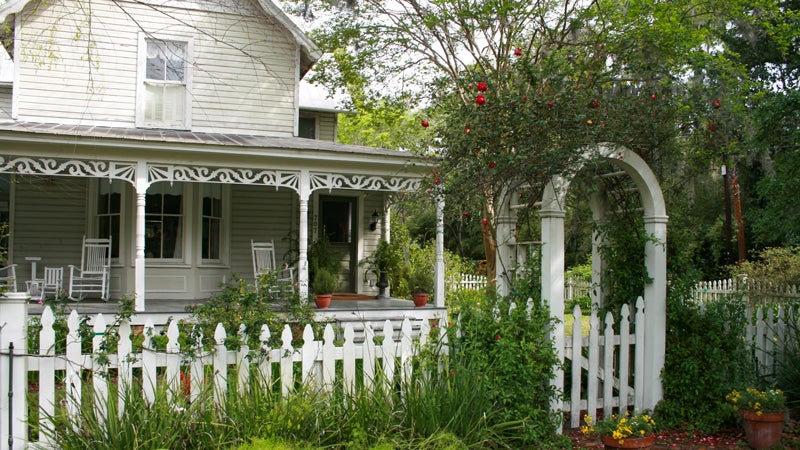
Folk Victorian homes are generally seen in turn-of-the-20th century farmhouses. They tend to be more subdued than other Victorian-style homes — country or middle-class versions of the more elaborate design. They still have a large front porch with some embellishments, but tend to be more symmetrical with practical roof lines and uniform window sizes.
Buying a Victorian-style house
Pros
- You get to own a piece of history at a potentially low price (depending on condition)
- Unique, high-quality features/construction
- You may be able to get tax credits for rehabbing (especially in historic or landmarked neighborhood)
- Lots of separate rooms and designated spaces for work, play, study
Cons
- No standard sizes: Inconsistent roof lines and window sizes will make repairs and maintenance more expensive. Count on having to customize everything
- Hard to modify: The characteristic nooks and crannies, stairways and narrow hallways are not ideal for the elderly or disabled, and costly to modify for aging-in-place
- Old house hassles: “Most people don’t know that Victorian homes make it difficult to create a decent Wi-Fi network, says Mariotti. “The walls are thick,” and often made of signal-blocking materials
What do Victorian houses cost?
“Most Victorian-era homes have been renovated, but occasional fixer-uppers are still found,” says Mariotti. While a renovated home will cost more to purchase, fixing one up may be more expensive in the long run. “It takes deep pockets and patience to refurbish a Victorian home.”
Constructing a Victorian-type home and not having to deal with renovating a house not made for modern plumbing, HVAC, or electrical systems may be a better choice if you’re really set on the style. “Building a Victorian home could cost as low as $200 a square foot depending on selections,” estimates Small.
HomeAdvisor estimates that building a Victorian-style house would cost between $250,000 to $600,000, with specific pricing depending on location, size, features and detailing. The site notes that “homes with high levels of intricate Victorian architecture in their plans can reach as high as $500 per square foot“ to build.
Final word on Victorian-style homes
The reign of Queen Victoria lasted from 1837 to 1901 and saw the onset of an entire class of residences, with at least a half-dozen variations — mostly geared toward an urban, rising middle class of manufacturers and professionals. If you love the style, building one yourself may be safer and cheaper in the long run than buying a fixer-upper and sinking money into asbestos mitigation and lead pipe removal. But for those who don’t mind the hassle historic homes can mean, the genuine 19th-century article can offer features and workmanship you don’t see anymore.
In many ways, Victorian-style homes are the antithesis of aspects of modern lifestyles and homes. Still, as the song says, everything old is new again. Some suggest the design pendulum is finally swinging away from the open floor plan — and if so, choosing a 150-year-old manse just might make you a housing trendsetter.
Related Articles
